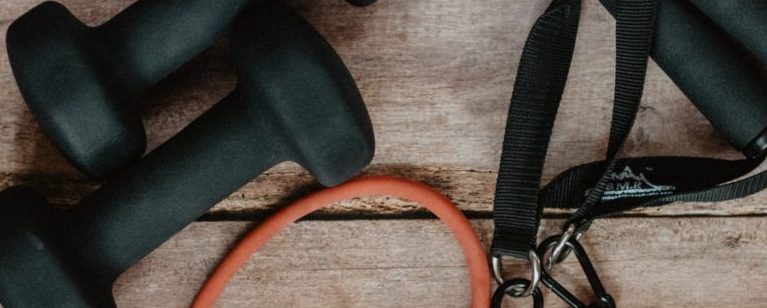I Have Long-COVID. Should I Get Back To Exercise?
After two years of COVID-19 circulating and infecting individuals we are now beginning to see a litany of symptoms which are now known as long- COVID. People who suffer from long- COVID may experience the “I had never felt worse” feeling that normally accompanies symptoms like fatigue, shortness of breath (SOB), brain fog/grogginess, headaches, body aches and joint pain, to name a few.
As a result, long-COVID sufferers end up in their physicians’ office undergoing pulmonary and cardiovascular tests to rule out disease and health problems. More often than not, these individuals will be given a clean bill of health by their physician and advised to start exercising, as some of their symptoms may be a result of being out of shape.
The problem is that, according to recent research, exercise may aggravate their long COVID symptoms and in fact make things worse for the individual.
According to Dr. Natalie Lambert at the Indiana University School of Medicine, “inability to exercise is one of the most common long-term symptoms of COVID”. In fact, “post-exertional malaise” – the worsening of symptoms after engaging in physical activity was found in 89 percent of study participants (Davis et al., 2021).
Dr. Systrom, a pulmonary specialist in Boston published a study in January 2022 that clearly shows that this malaise is not the result of being unconditioned or simply ‘out of shape’. His study compared 10 long-COVID patients to 10 individuals who never tested positive for COVID-19. The results showed that not one participant from either group had any abnormal findings in their CT scans, or heart and lung functioning. However, when individuals were exercising on a stationary bicycle, Dr. Systrom and his colleagues found that some arteries and veins were not functioning properly and prevented oxygen from being efficiently delivered to the muscle tissues (Singh et al., 2022).
According to Dr. Systrom, there may be damage to nerve fibres that are involved in how organs and blood vessels function (Novak et al., 2022). Other studies have found irregular heart rate with exercise. Dr. Lambert found in her study that long-COVID patients are also diagnosed with postural orthostatic tachycardia syndrome (POTS) which is a disorder that affects blood flow.
Dr. Systrom has also found a similarity between long covid patients and chronic fatigue syndrome. The symptoms present similarly, and exercise has also shown to exacerbate symptoms in some cases.
This all circles back to “should COVID sufferers continue to exercise?” There are multiple camps and opinions on the subject. However, Dr. Systrom believes that exercise is important and even beneficial for long COVID sufferers. A graded exercise program that gradually introduces the patient to exercise and is supported by proper medications is the best course.
Following up with your family physician and ruling out underlying health concerns is key. However, it is important to see a physiotherapist or chiropractor who can evaluate your fitness level and determine the proper graduated exercise program that is suited for you.
If you have long COVID, you must remember to respect the symptoms you are experiencing and understand that your body is in the process of healing. Slowly working toward a gradual return to activity is the goal. You can’t rush this.
If you are interested to learn more or if you have any questions, contact us to book a FREE 15 minute consultations with one of our Chiropractor’s or Physiotherapist’s at either The Clinic at Christie or The Clinic at Ossington, both located in Toronto.
References
Multisystem Involvement in Post-Acute Sequelae of Coronavirus Disease 19; Novak, P. et al. Ann Neurol. 2022 Mar; 91(3):367-379.
Persistent Exertional Intolerance after Covid-19: Insights from Invasive Cardiopulmonary Exercise Testing; Singh, I. et al. Chest 2022 Jan; 161(1):54-63.
Characterizing long COVID in an international cohort: 7 months of symptoms and their impact; Davis, H. et al. eClinical Medicine Aug; Volume 38.

